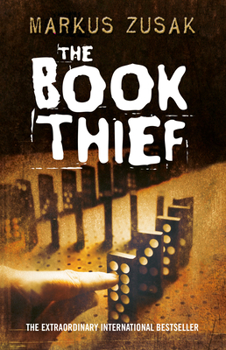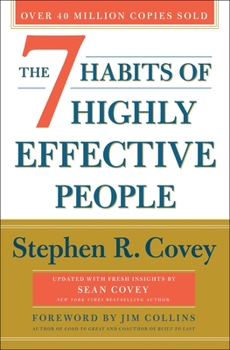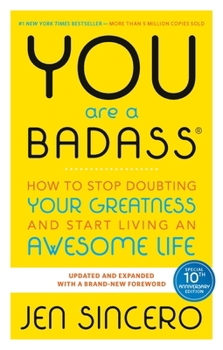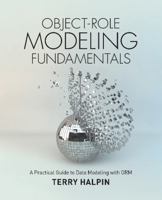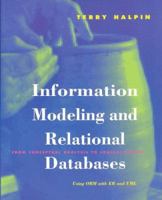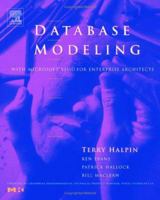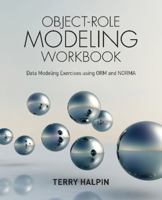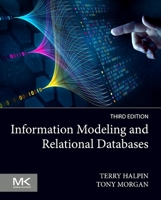Conceptual Schema and Relational Database Design
This revised and expanded second edition looks at the latest ideas in designing a conceptual data model, and implementing this in a relational database. It provides a state-of-the-art treatment of Object-Role Modelling (based on extended NIAM) including a step-by-step design procedure which exploits both natural language and intuitive graphic notations and several hundred exercises based on a practical example. This description may be from another...
Based on Your Recent Browsing
Customer Reviews
Rated 5 starsDo not contemplate database design without considering ORM!
This book stands by itself in the database design world which is mired down in the Entity-Relationship paradigm. In my mind, Terry Halpin has the most powerful technique for going from "hey I think we need a database" to a relational-table structure that has half a chance of satisfying the original loosely described need. The Object Role Modeling (ORM) approach described in this book is embodied in software that Microsoft...
0Report
Rated 5 starsIt's for application design too !
Too bad it's out of print. Too bad InfoModeler ... based on ORM ... is not sold anymore. Visio just lets you draw pictures. InfoModeler let you key in FORML statements .. ORM syntax .. and build database schemas.But a lot of study of ORM allows me to build a OO class hierarchy .. and has greatly enhanced my productivity.Dr. Halpin .. if you read this ... know that there are programmers out there you have helped immensely...
0Report
Rated 5 starsBuild databases that actually solve business problems
I think this book is one of the very best resources for database design available. As a professional database designer, I have seen numerous examples of database applications that don't really help the users run their business more efficiently. The root cause of the problem is poor database design.The heart of every business application is a database, and the key to creating a good database is accurately capturing business...
0Report













